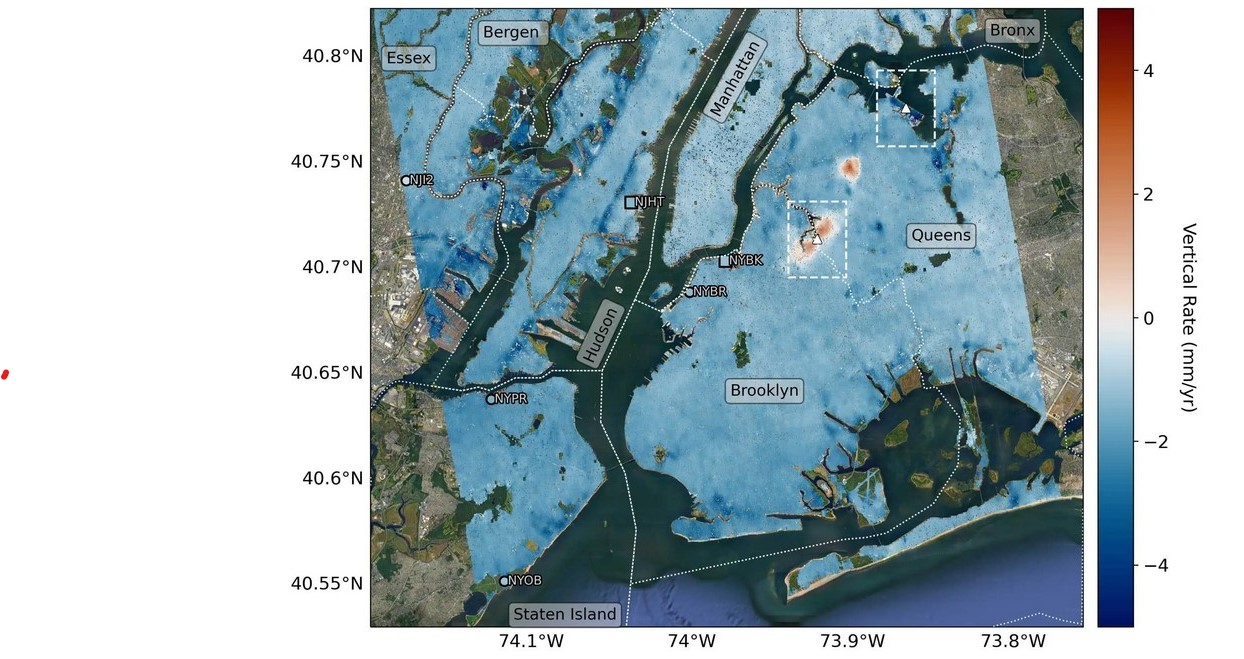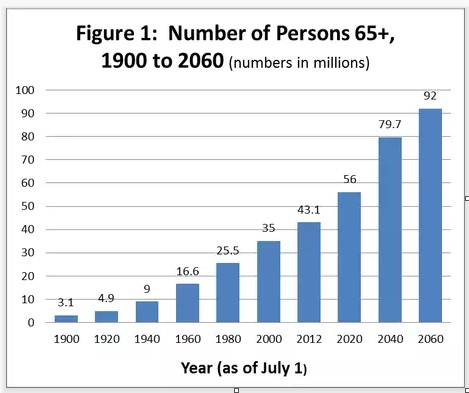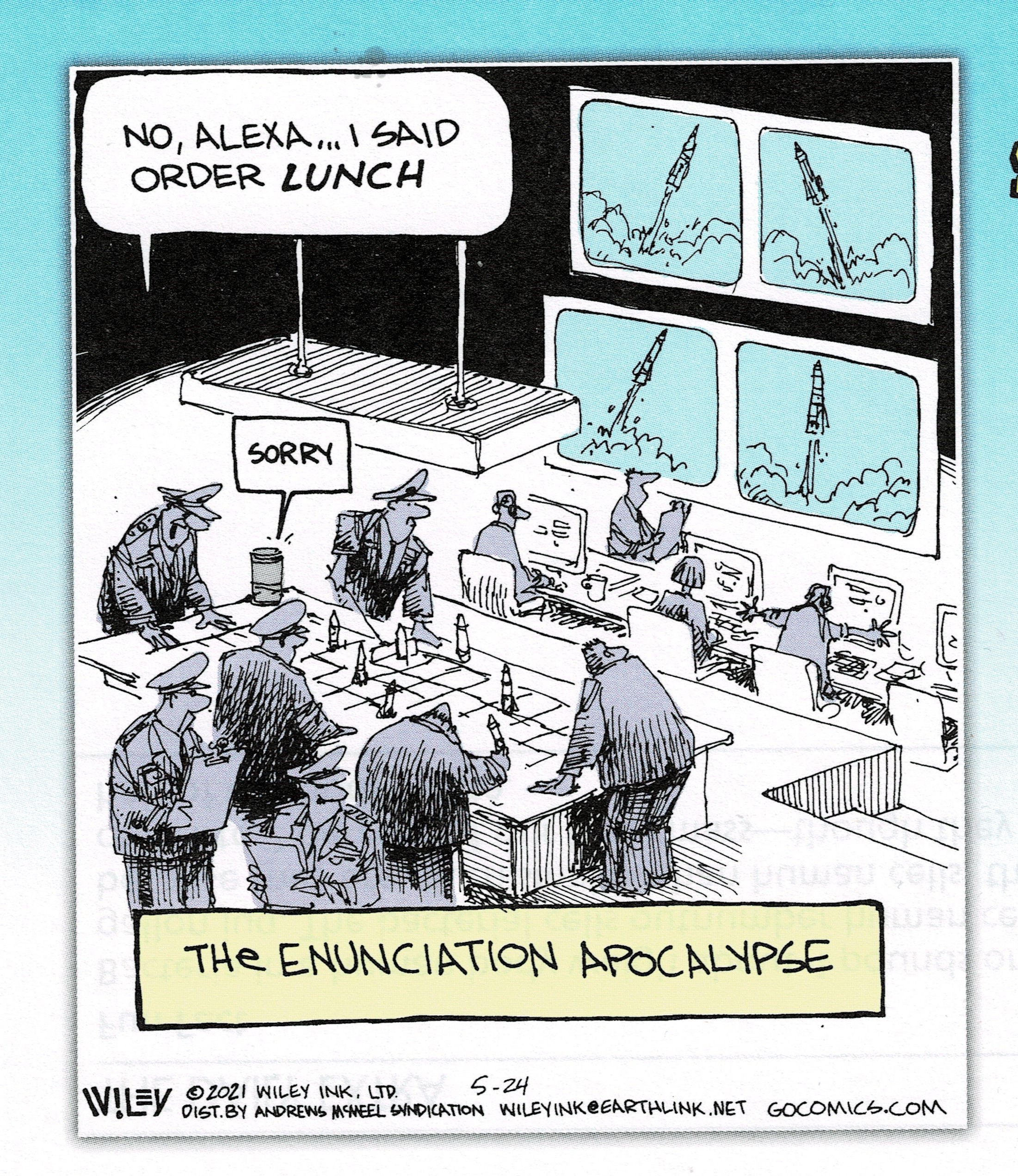The reader should know mariner has returned to his rented one-room apartment in Chicken Little’s henhouse. News? What news? A poc of lips? What’s that? So the reader must endure whatever subject pops into mariner’s head.
What pops today is that mariner wonders what the really, really real world looks like. One of his annoying habits is to ask young children questions they must ponder but cannot answer. For example:
We have two eyes and a snail has two eyes. Do you think a snail can see television? Can they see birds flying? Did you know dogs don’t see color? Only black and white like an old photograph. Do you think the world really is black and white but our brains add colors just like when we color a coloring book? (Surprisingly the answer is yes; people’s brains add color. Let’s not go there, though, the brain and spectrum analysis is a very detailed subject).
To provide some perspective, the famous author Bill Bryson, who writes entertaining books that take the reader into a world of great detail about mundane subjects, wrote a book about the human body. He lists all the chemicals needed to create a living body. He marvels that a couple dozen chemicals can create life. If the time ever comes that you want to do something besides watch television or scroll a phone, check out “The Body – a Guide for Occupants” by Bill Bryson, 2019, Doubleday.
Bryson’s point is that a human cell isn’t really ‘alive’. It is a collection of about one million atoms that react with one another as if to simulate being alive. An analogy is watching a cartoon on television – they sure look like they’re alive.
Mariner’s focus is on what existence really looks like. Sure, the snail, the dog and humans will claim their world is the real one but perhaps not. Try to imagine the world as a collection of what atoms, protons, neutrons and electrons would look like. The measures of the five senses are a highly tailored complexity that is irrelevant to atoms and their proximity to other atoms. (Let’s not go there, though, nuclear physics can be dreadfully boring and has no end).
The answer, certainly qualified, is reality looks like a cloud of atoms buzzing all over the place – whatever that looks like. Human dimensions don’t exist; perception doesn’t exist; .touching doesn’t play by creature rules. The real world looks like a heavy fog – a heavy fog that can bump into itself here and there making something that may be a lump of some kind or a nuclear explosion.
So, what’s news with the reader?
Ancient Mariner



